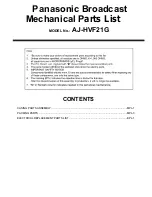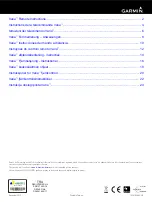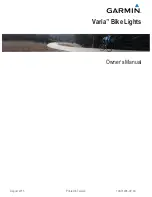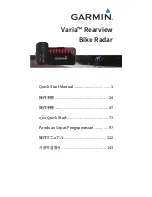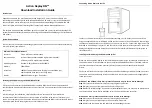
Product description
20
© SICK AG · Germany · All rights reserved · Subject to change without
notice
8016535/1D2F/2022-11-14
Operating instructions
NAV310 Laser positioning sensor
Chapter
3
3.5.1
Influences of objects on the measurement
The majority of surfaces reflect the laser beam diffusely in all directions. The reflection of
the laser beam will vary as a function of the surface structure and colour. Light surfaces re--
flect the laser beam better than dark surfaces and can be detected by the NAV310 over
larger distances. Brilliant white plaster reflects approx. 100 % of the incident light, black
foam rubber approx. 2.4 %. On very rough surfaces, part of the energy is lost due to shading.
The scanning range of the NAV310 will be reduced as a result.
Fig. 4:
Diffuse reflection from objects
The reflection angle is the same as the angle of incidence. If the laser beam is incident per--
pendicularly on a surface, the energy is optimally reflected (on the left). If the beam is inci--
dent at an angle, a corresponding energy and scanning range loss is incurred (on the right).
Fig. 5:
Directional reflection from reflectors
The incident radiation is not reflected diffusely in all directions by reflectors, but direction--
ally. As a result a large portion of the energy emitted can be received by the NAV310. The
NAV310 makes use of this situation to be able to exactly measure the positions of reflec--
tors.
Possible sources of errors
Fig. 6:
Possible sources of errors during the measurement
At mirror surfaces (
, on the left) the laser beam is almost entirely deflected. Instead of
the surface of the mirror, it is possible that the object on which the deflected laser beam is
incident may be detected.
Objects that are smaller than the diameter of the laser beam (
, on the right) cannot re--
flect all the energy of the laser light. The energy in the portion of the laser light that is not
reflected is lost. This means that the scanning range is less than would be possible theoret--
ically based on the surface of the object.
































